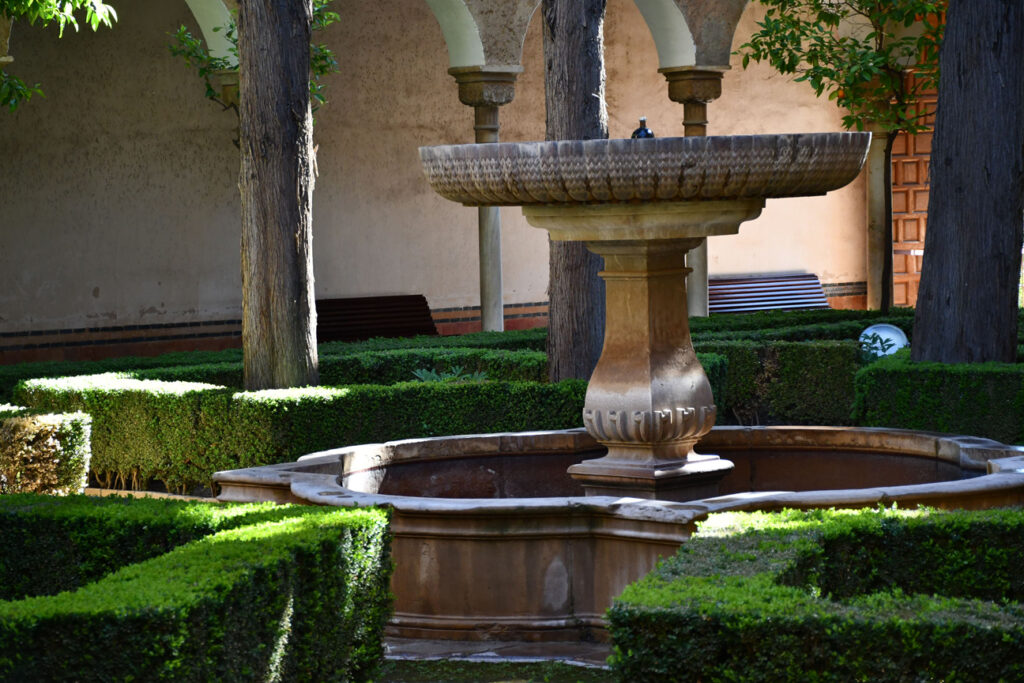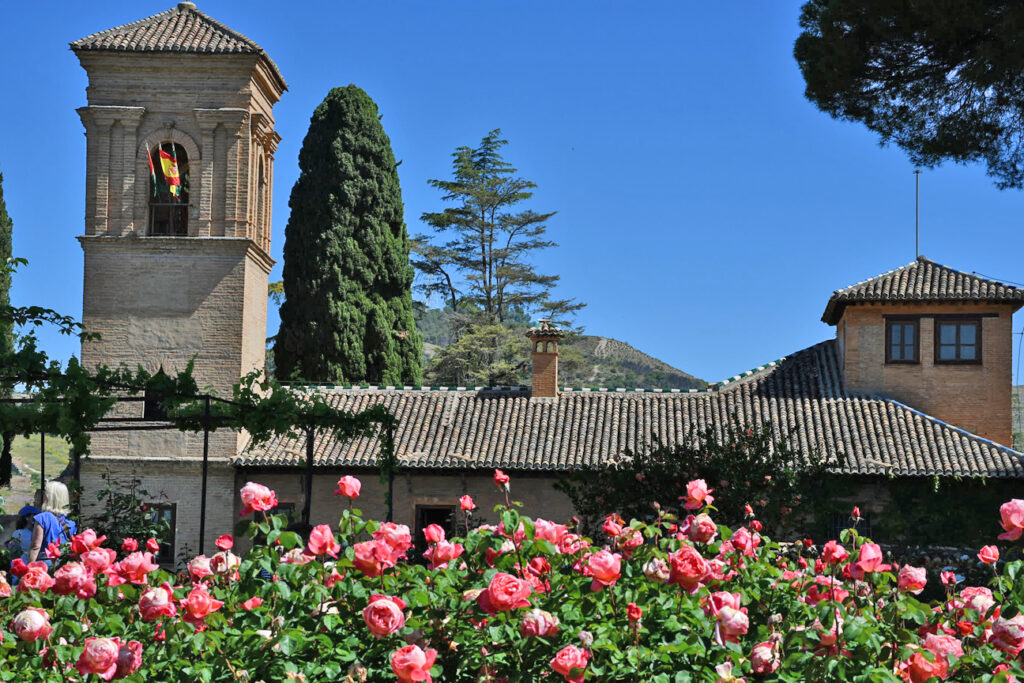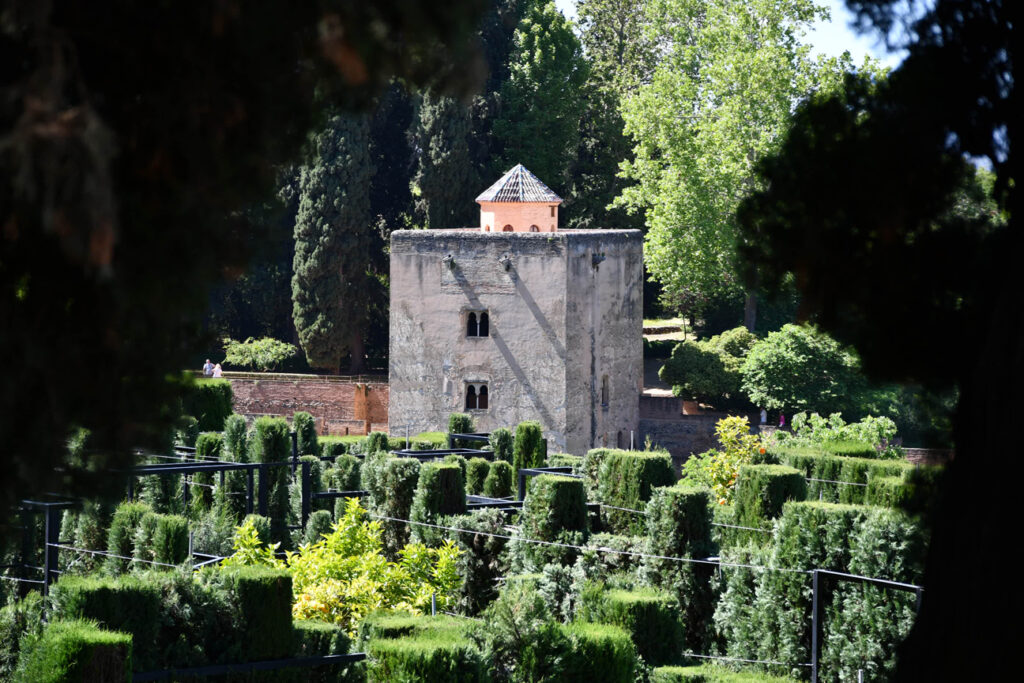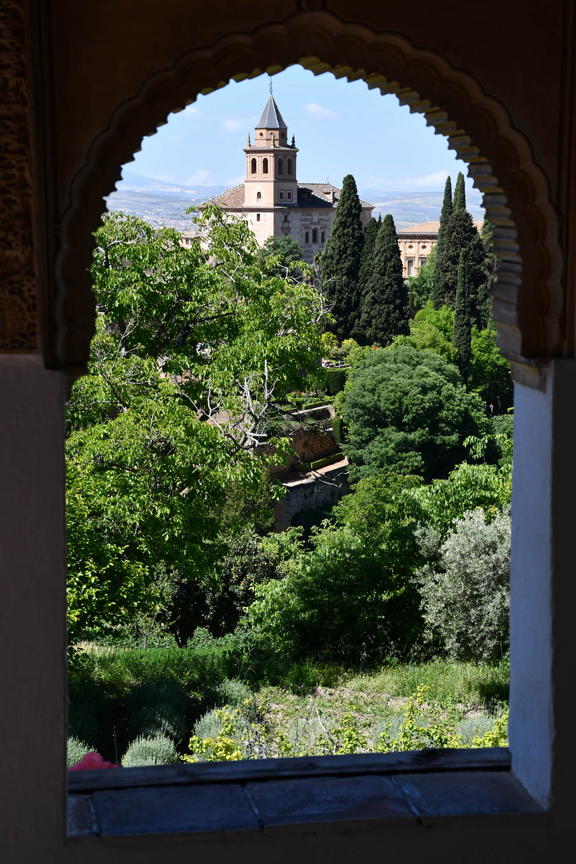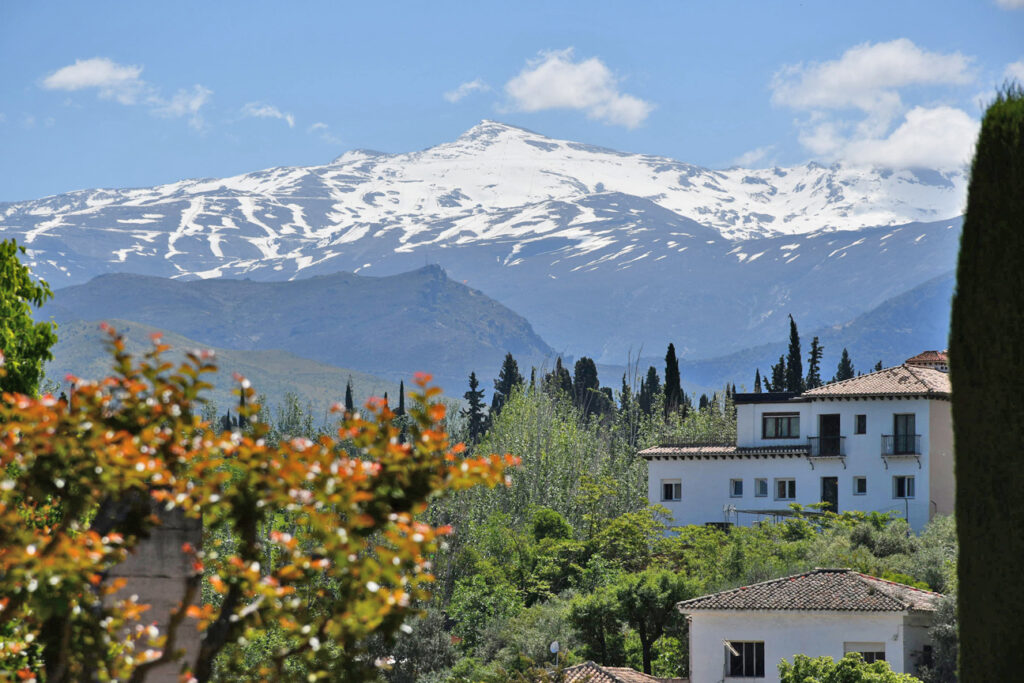Granada is located at the foot of the Sierra Nevada mountains, at the confluence of four rivers.
The current settlement became a major city of Al-Andalus in the 11th century during the Zirid Taifa of Granada. In the 13th century it became the capital of the Emirate of Granada under Nasrid rule, the last Muslim-ruled state in the Iberian Peninsula. Granada was conquered in 1492 by the Catholic Monarchs and progressively transformed into a Christian city over the course of the 16th century.
The Alhambra is one of the most famous monuments of Islamic architecture and one of the most visited tourist sites in Spain.
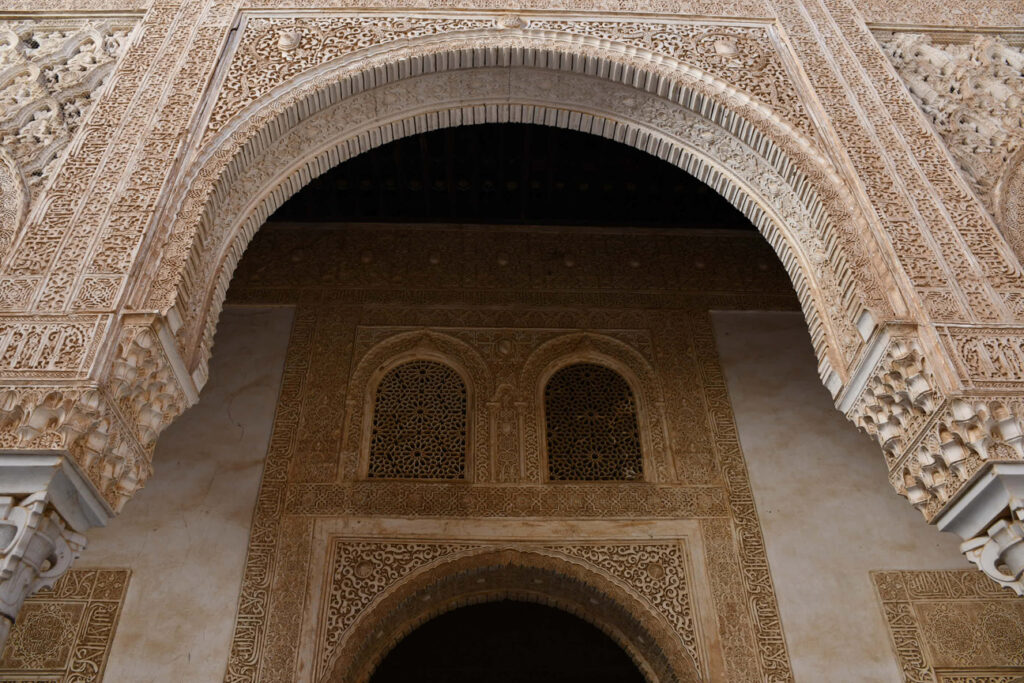
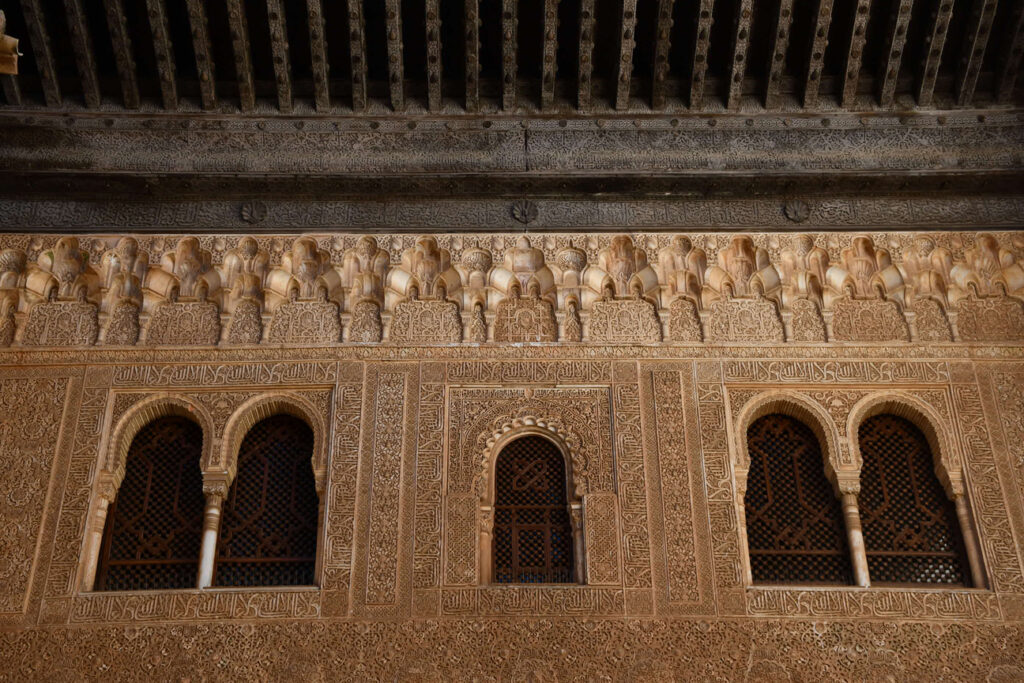
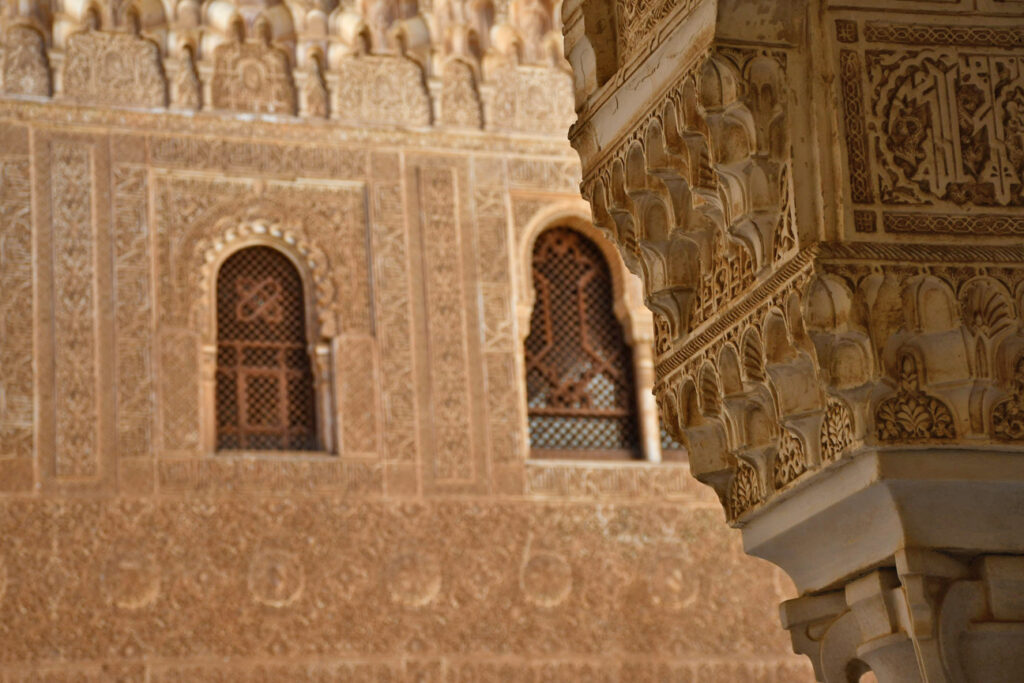
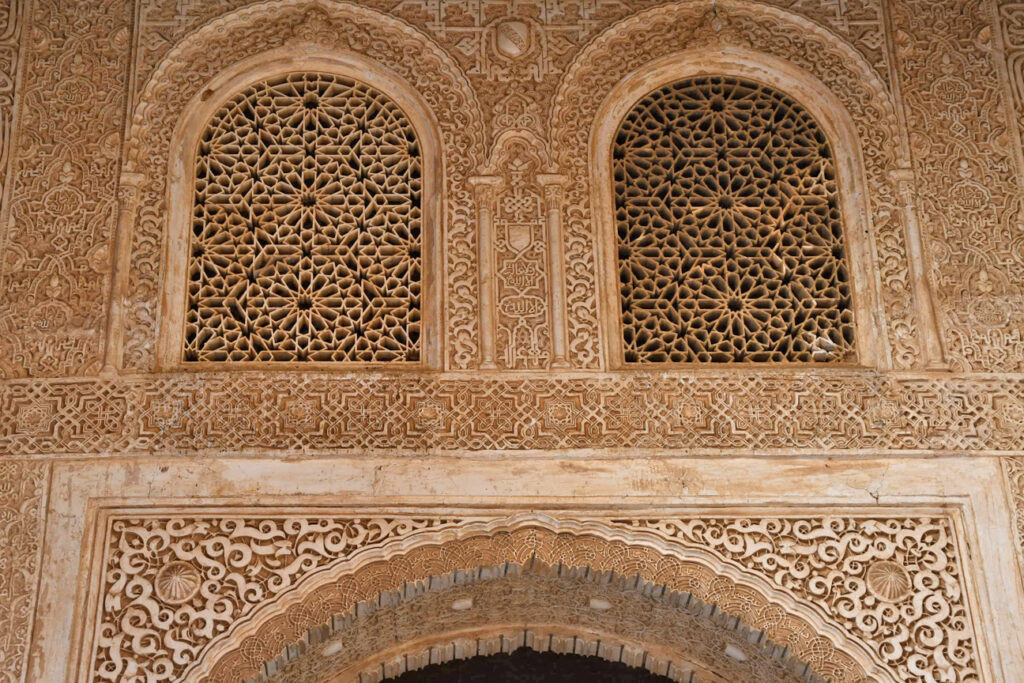

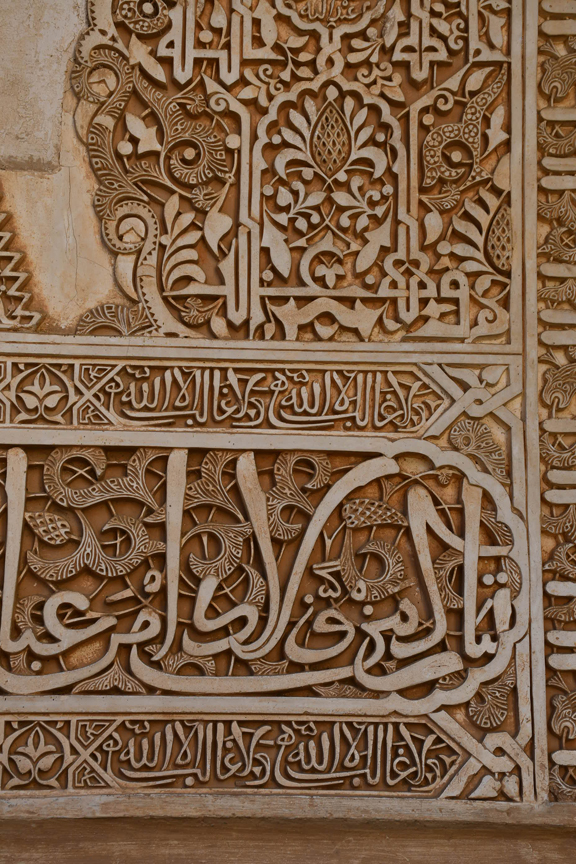
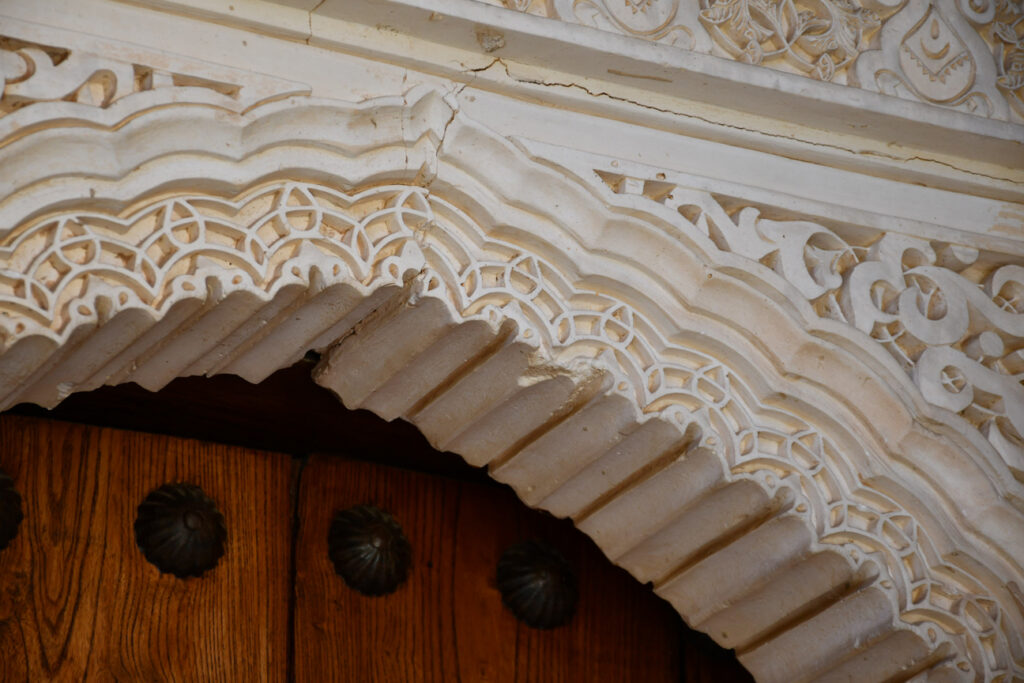
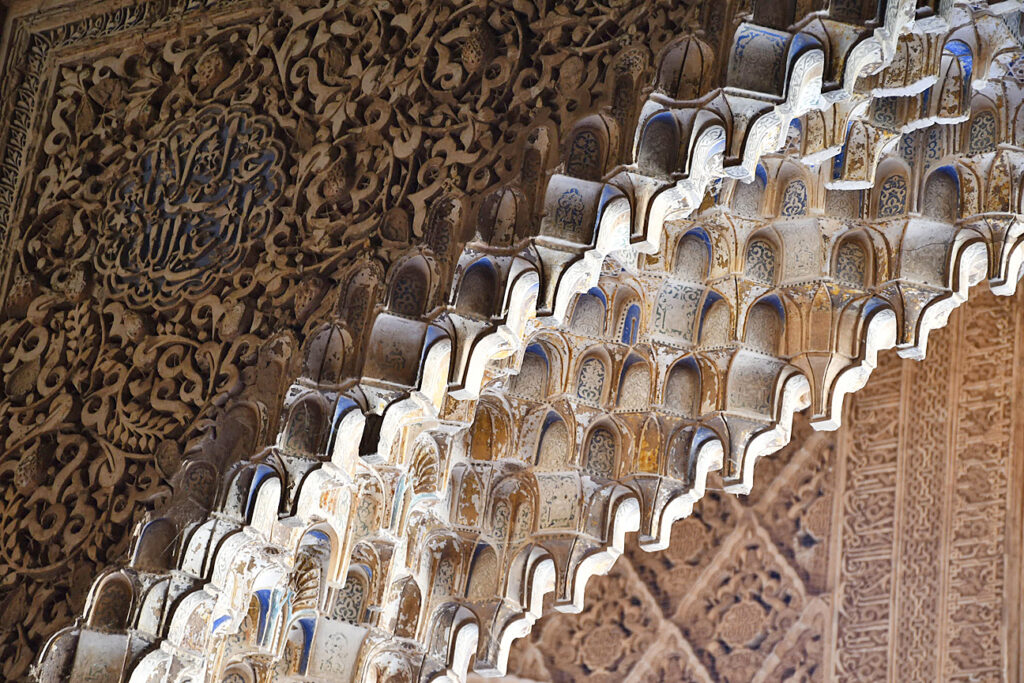
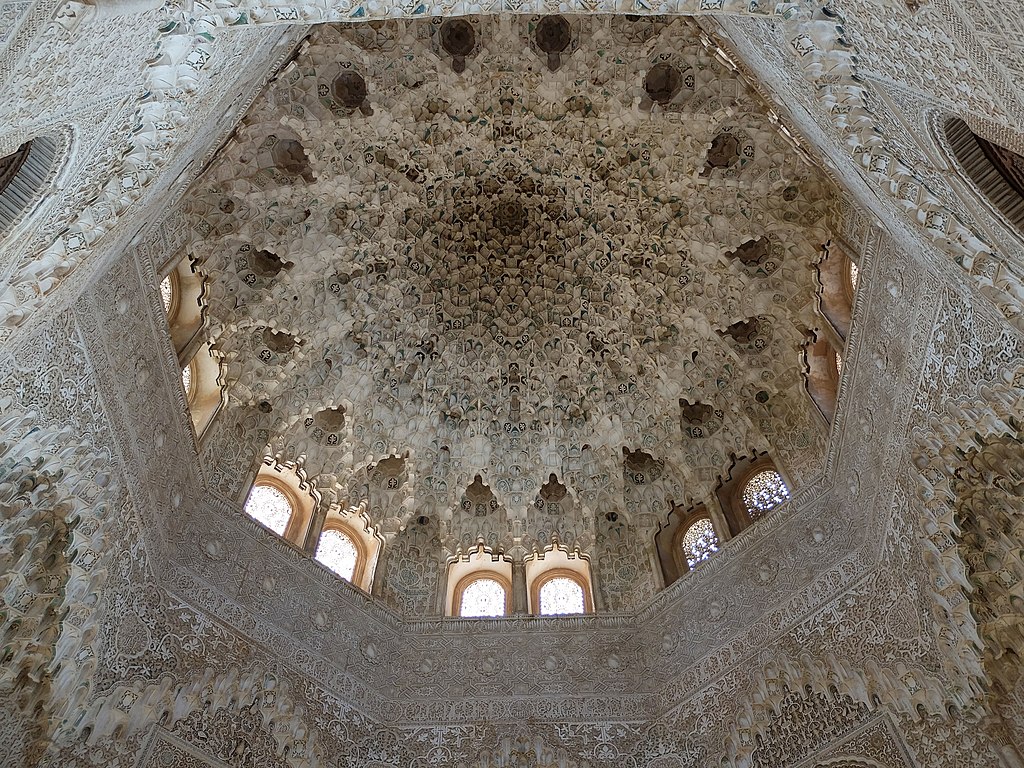
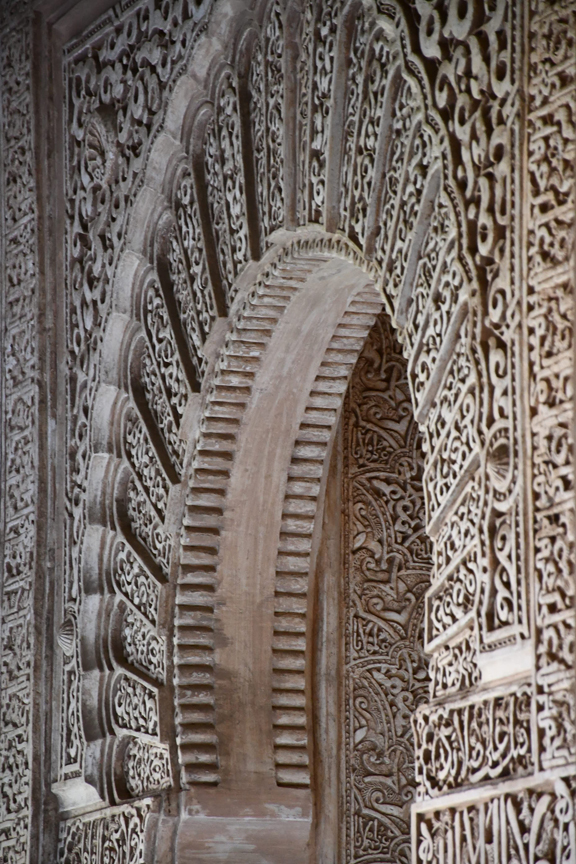

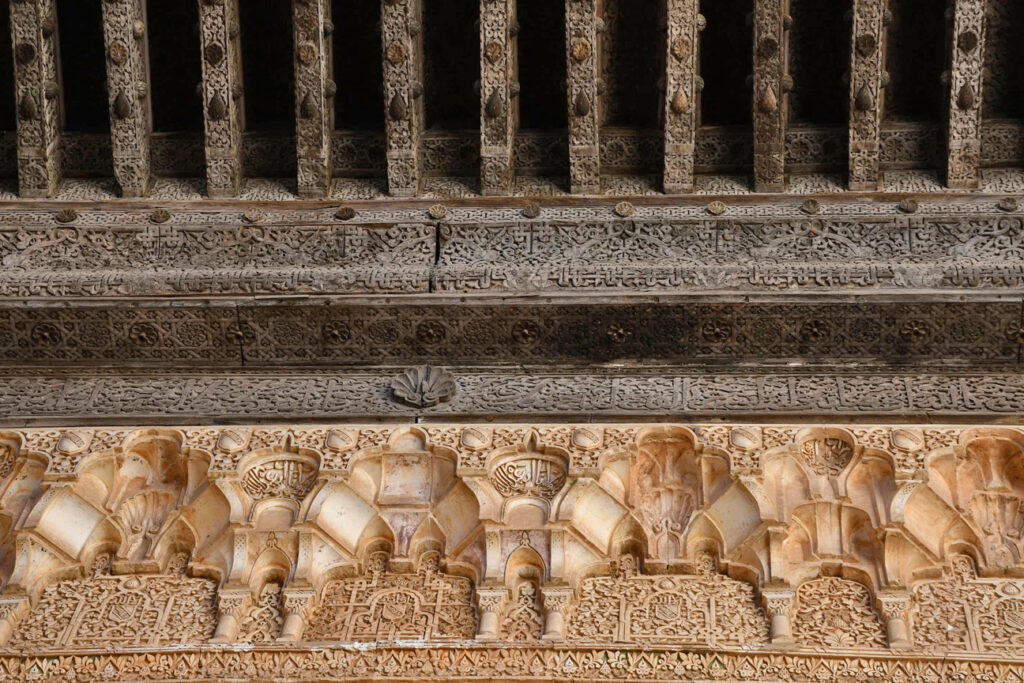
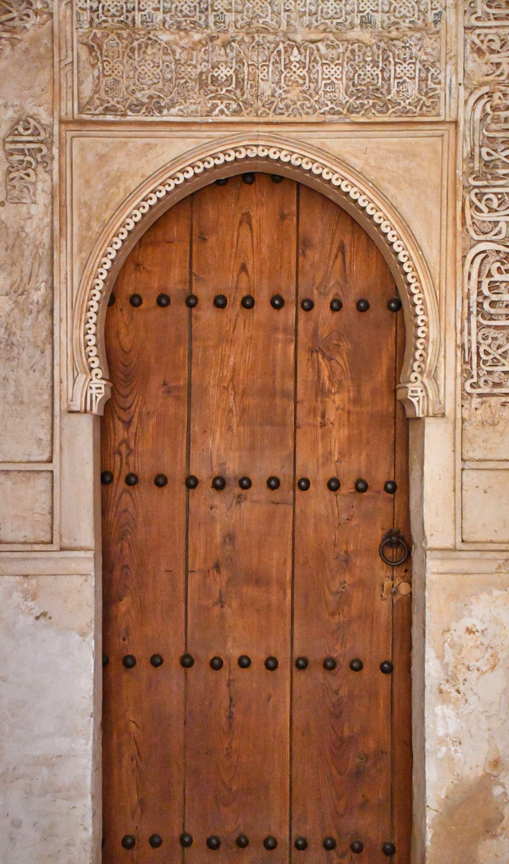

Above-A Court in The Alhambra at The Time of The Moors-Edwin Lord Weeks 1876
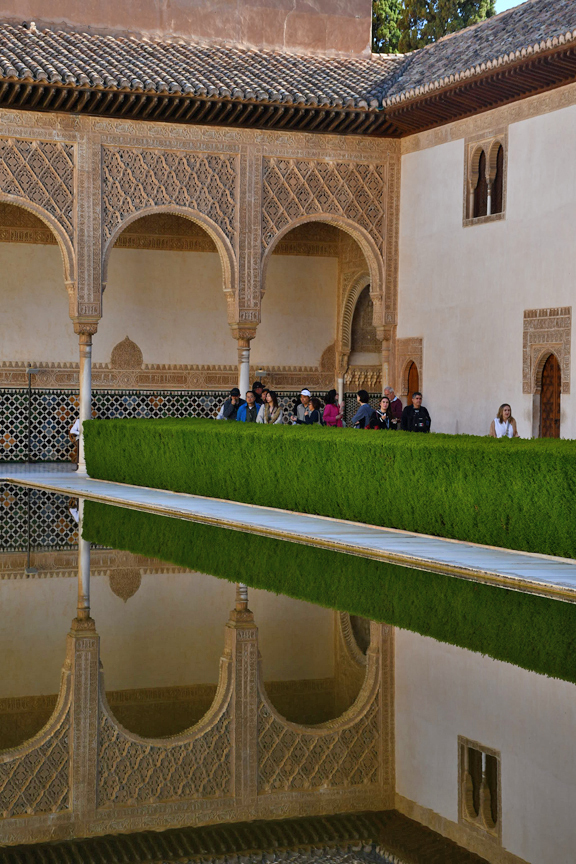
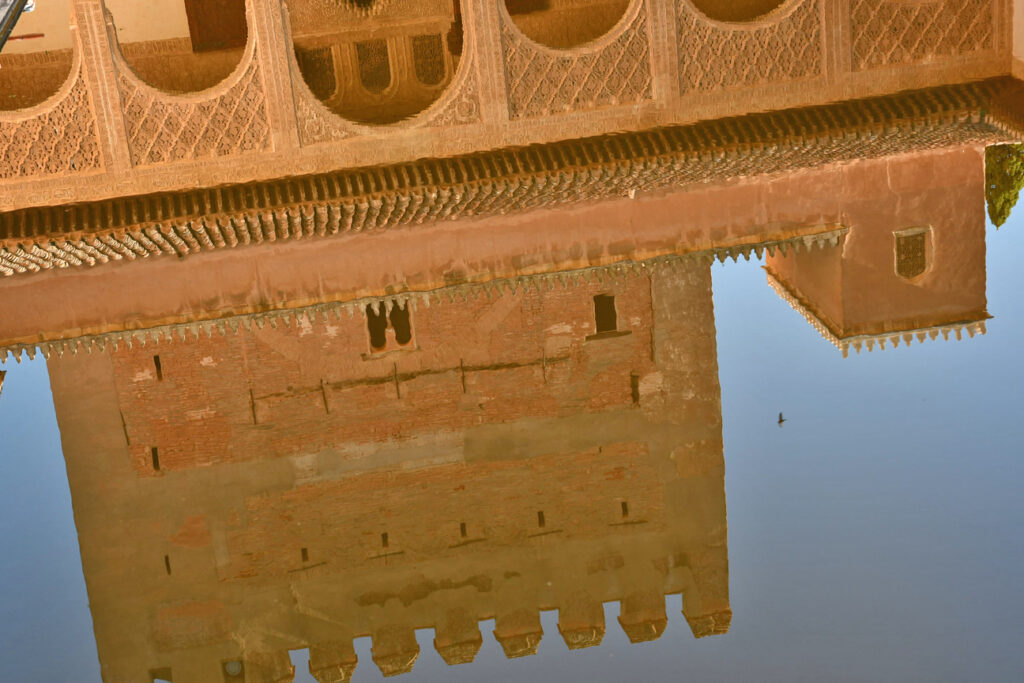
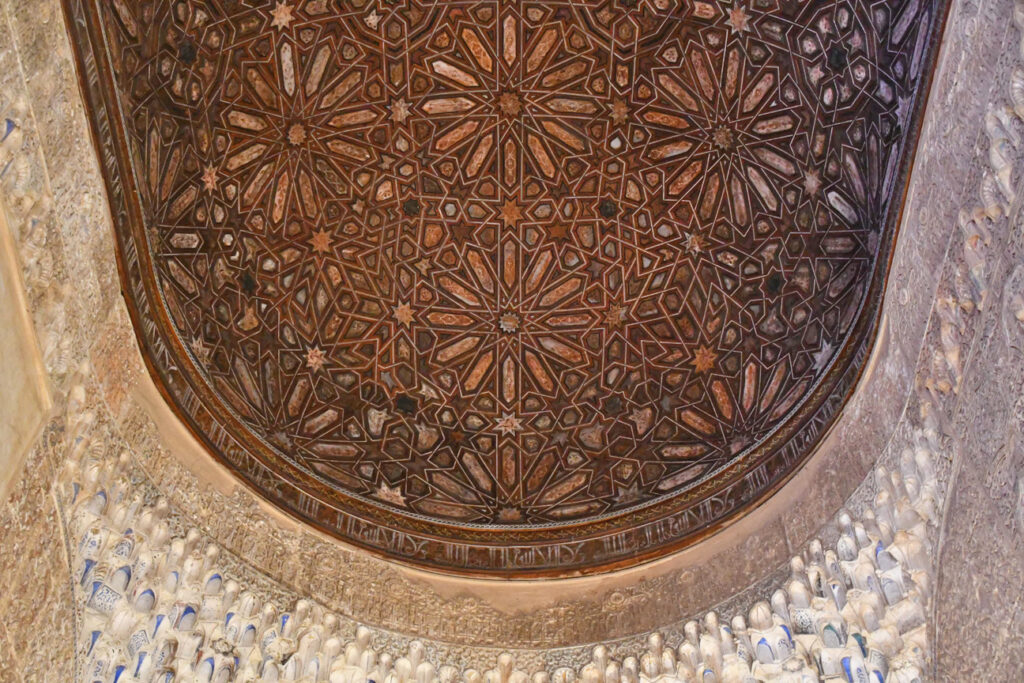
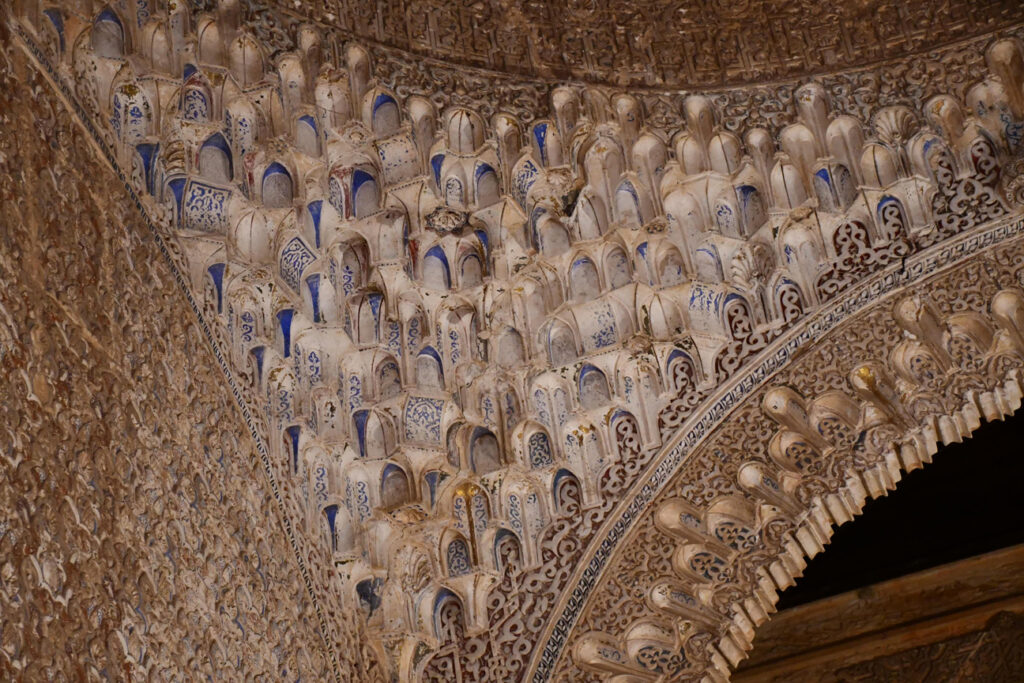
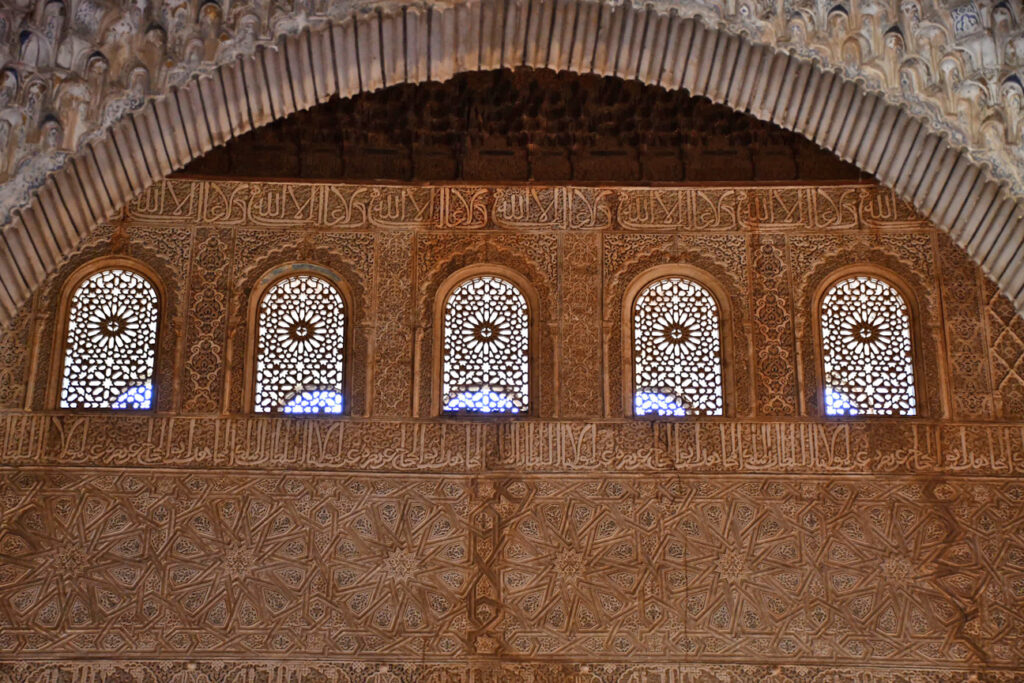
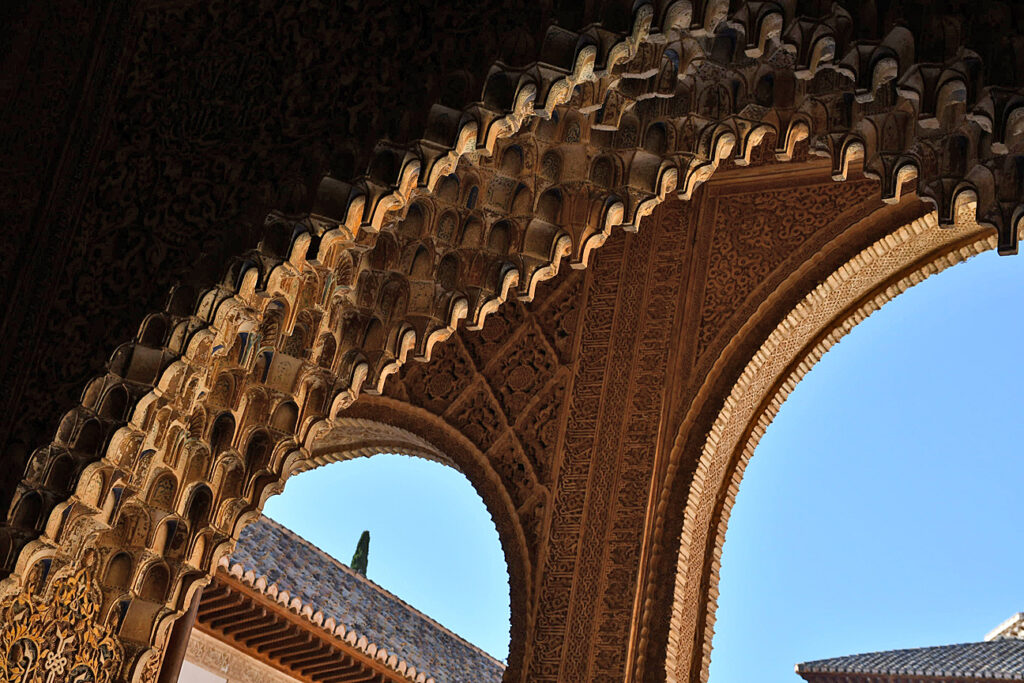
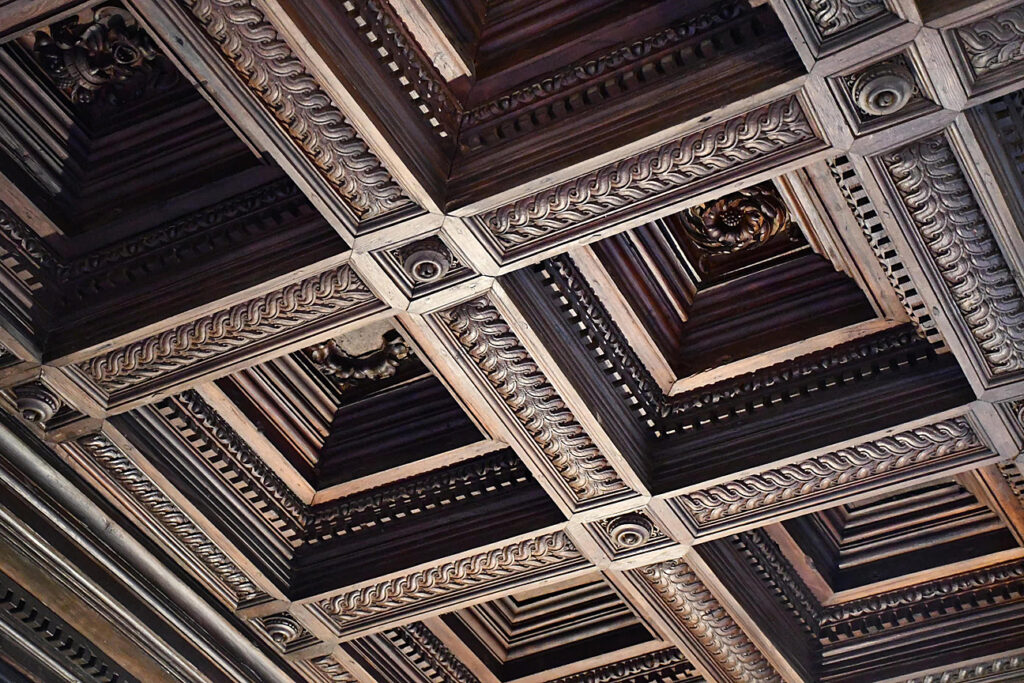

In 1828 Washington Irving travelled from Madrid, where he had been staying, to Granada, Spain. At first sight, he described it as “a most picturesque and beautiful city, situated in one of the loveliest landscapes that I have ever seen.”
He immediately asked the then-governor of the historic Alhambra Palace as well as the archbishop of Granada for access to the palace, which was granted because of Irving’s celebrity status. He lived in an apartment there for about three months, and was given access to its archives. Irving was inspired by his experiences to write Tales of the Alhambra. The book combines description, myth and narrations of real historical events, even up through the destruction of some of the palace’s towers by the French under Count Sebastiani in 1812, and the further damage caused by an earthquake in 1821.
Throughout his trip, Washington filled his notebooks and journals with descriptions and observations, though he did not believe his writing would ever do it justice. He wrote, “How unworthy is my scribbling of the place.”
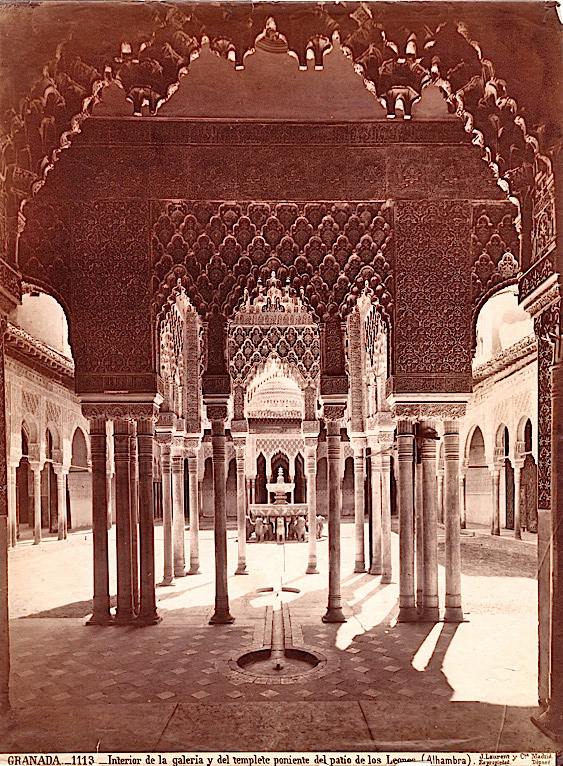
Old 1871 photo of the Court Of The Lions built 1391. Today the masses of visitors made it (and other outdoor spaces) hard to photograph.
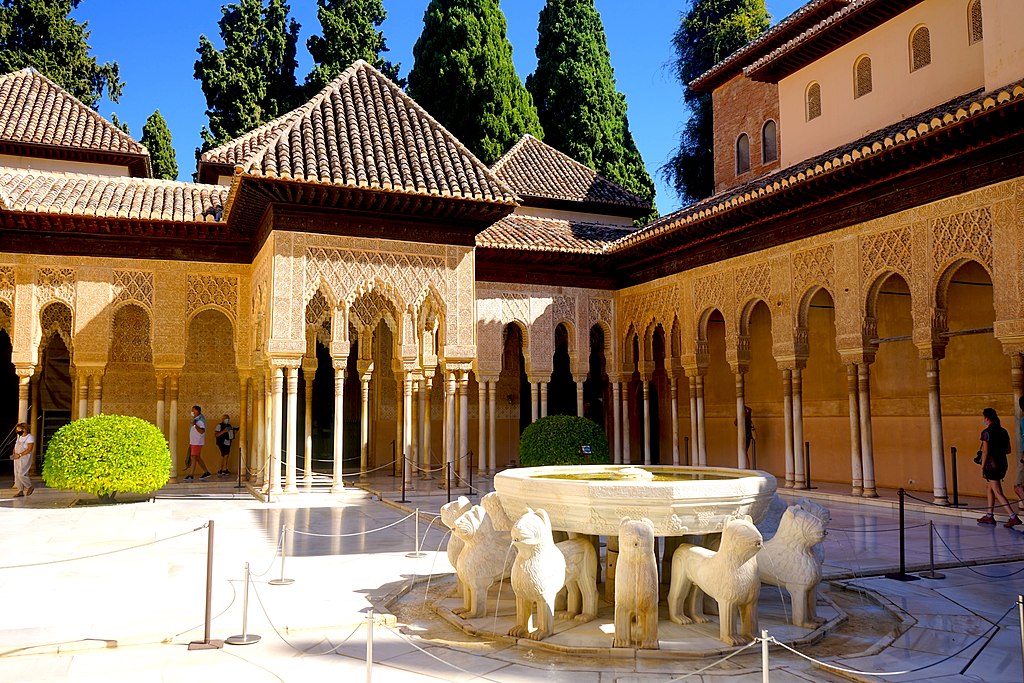
The Court Of The Lions (photo courtesy of Wikipedia)
